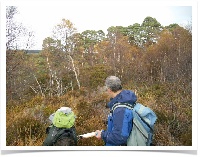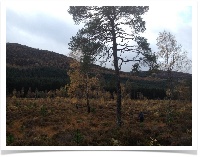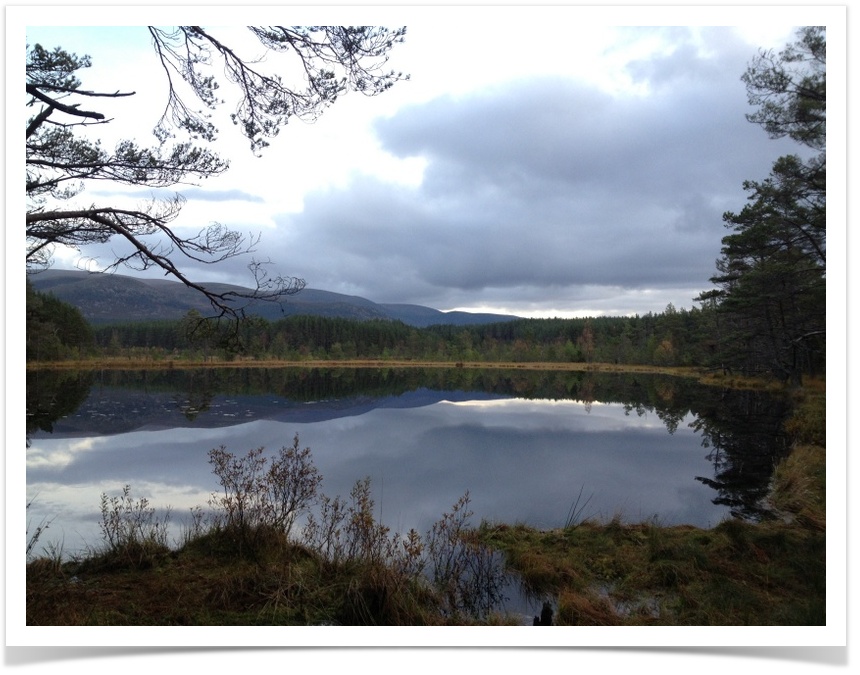 It has been made clear by examples such as Ash Dieback, that our trees face a serious threat from new diseases and pests. As trees are everywhere and are well-loved parts of our landscape, an important part of our economy and an essential part of our biodiversity, their loss has serious consequences. However, dealing with each new threat as it comes along is difficult, expensive and potentially futile as threats can evolve so much faster than their tree hosts. Also, tree health is not just about a single pest or disease, but about growing trees in the right place, about keeping population sizes up, about ensuring seedlings get a chance to grow and about allowing forests to change as the environment changes. So, in order to find a sustainable long-term strategy for keeping our trees healthy, we need to consider the range of real and potential threats that trees face and try to deal with these together. At the same time, we need to ask what is possible for changing the way we grow trees: how do we use trees now, what do we want from our trees in the future, and how much change are we willing to accept? By finding a middle ground, that brings together the best biological knowledge with a clear understanding of the possible ways to adapt, we can give our trees the best possible chance of withstanding new threats.
It has been made clear by examples such as Ash Dieback, that our trees face a serious threat from new diseases and pests. As trees are everywhere and are well-loved parts of our landscape, an important part of our economy and an essential part of our biodiversity, their loss has serious consequences. However, dealing with each new threat as it comes along is difficult, expensive and potentially futile as threats can evolve so much faster than their tree hosts. Also, tree health is not just about a single pest or disease, but about growing trees in the right place, about keeping population sizes up, about ensuring seedlings get a chance to grow and about allowing forests to change as the environment changes. So, in order to find a sustainable long-term strategy for keeping our trees healthy, we need to consider the range of real and potential threats that trees face and try to deal with these together. At the same time, we need to ask what is possible for changing the way we grow trees: how do we use trees now, what do we want from our trees in the future, and how much change are we willing to accept? By finding a middle ground, that brings together the best biological knowledge with a clear understanding of the possible ways to adapt, we can give our trees the best possible chance of withstanding new threats.
The most important part of finding a way to do this is bringing together many different groups of people, and different types of knowledge. A lot is known about many of our trees already, but usually this knowledge comes from unlinked, independent studies and rarely do results from one study tell us something about another, even for the same tree species. Much better coordination is needed. To show how this can be done, we aim to use the example of Scots pine, an important native tree species.

For Scots pine, we know of several serious threats that are either here or are likely to reach the UK soon. The remaining native Scots pine forests are small and fragmented, but we know that they are adapted to their local environments: so pine trees from one part of the country grow differently than those from another. There are large plantations of Scots pine in many parts of the UK – there is ten times as much planted as remains in the native forests – and these are often at much higher densities than are found in nature, and often alongside plantations of pines from other parts of the world. There is also a strong cultural attachment to the species; in many places pinewoods are being replanted and it is often used as a garden or amenity tree.
Our project aims to measure how variable and adaptable are the threats to Scots pine, to test how much variation there is in the tree species in resistance to these threats, and to find ways to get people involved in making healthier pine forests. By doing this we also aim to show how the same thing can be done for any other tree species, and to put in place the tools for getting it done. We will focus on three important threats to Scots pine – Dothistroma needle blight, the pinetree Lappet moth and pine pitch canker. We will bring together a group of scientists – specialists in ecology, tree genetics, forest pathology, plant biochemistry, fungal ecology and evolution and social science – who will work together on the same, carefully chosen pine trees. This work will tell us how much the UK Scots pine population varies and how much it can change from generation to generation; how populations of the threats grow and change; and what can be done to make the pine forests we have more resilient. We will bring in lessons from crop agriculture, where similar problems have been faced for generations, and adapt these for trees and forests, that have much longer lifespans. Finally, by talking to people who work with and use trees, and the general public, we will find ways to use this information to make things change on the ground.
Study system

Scots pine is an ecologically and economically important UK native species. As well as substantial planted forests (roughly 10 times the area of remnant native woodland), there are 81 recognised old-growth native Scots pinewoods – the only remaining UK habitat with a continuous history going back to the postglacial colonisation. Recent work has demonstrated local adaptation to environmental variation in the UK native population. However neutral genetic diversity is high, pollen dispersal distances are long and population structure very low, suggesting that local adaptation results from local divergent selection acting on a gene pool common to all populations. This is an ideal scenario within which to pursue genetic signatures of selection, as searches for markers related to traits are unconfounded by population structure; furthermore, the rapid decay of linkage disequilibrium typical of the pine genome means that positive identifications are likely to be very close to or within the relevant gene. To pursue the genetic basis of these adaptive patterns, a database of genomic variation has been established, which included 164,784 single-nucleotide polymorphisms (SNPs) in expressed genes, some involved in traits relevant to pest and pathogen resistance.
